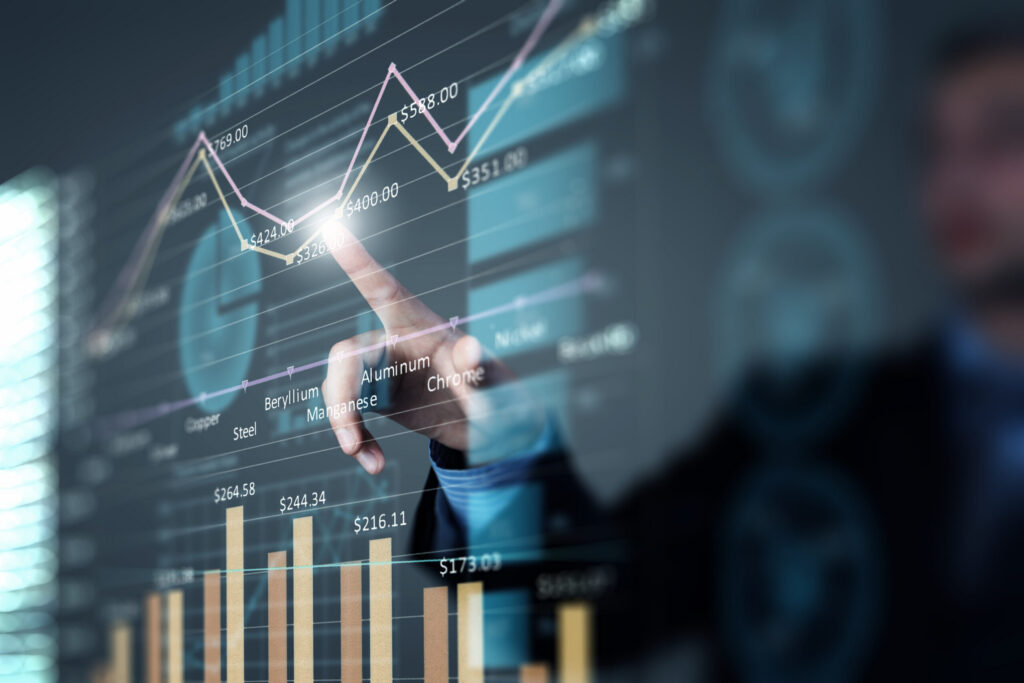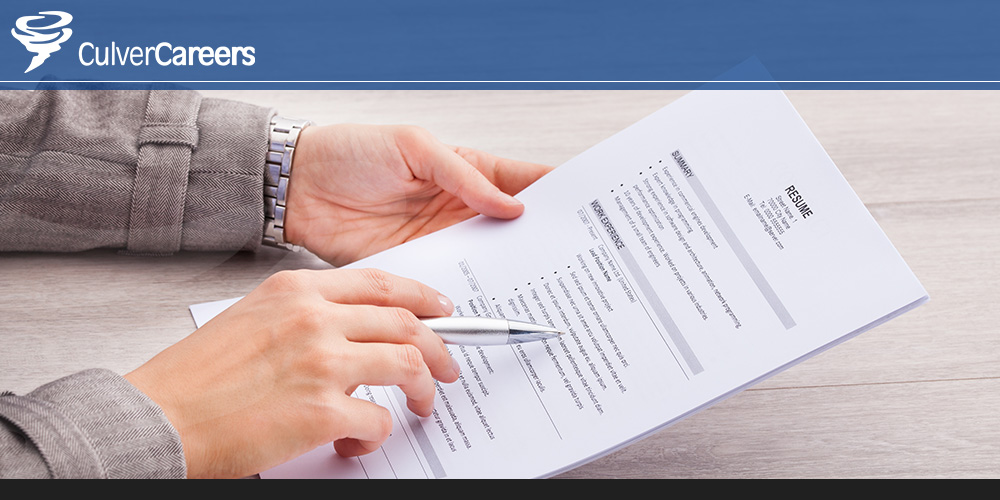Is your sales department giving you accurate sales forecasts? Unless they’re psychic and can predict the future, no one can know exactly what will happen in the fast-evolving business landscape. However, your company can make better-informed decisions with comprehensive sales forecasting—that is if your team leader knows how to do this.
When done correctly, a sales forecast uses real-life variables to predict future sales. If your data is accurate and analyzed properly, you’ll get a clearer picture of future challenges and opportunities. From this, you can develop a more on-target strategy that leads to greater profits and faster growth.
In this article, we discuss the current state of forecasting, why you need accurate data, and how to create more accurate sales forecasts.
All the data in the world isn’t going to help you if you don’t have an expert in-house who can accurately analyze it. If you’re in need of a high-level sales professional, such as a VP of Sales, who’s a data magician, reach out to the Sales Recruiting professionals at CulverCareers.
What is the Current State of Sales Forecasting?
The forecasting landscape was far different just eight years ago. A 2016 report from SiriusDecisions found that 79% of sales firms were off by more than 10% in their forecasts. However, with the rapid adoption of artificial intelligence (AI), companies can greatly improve the quality of their analytics, with the accuracy percentages of some AI tools in the low to mid 90s.
How Accurate Data Improves Sales Forecasting
Why is using accurate data so important in sales forecasting?
This critical data helps you anticipate consumer demand for your company’s products and services, identify potential problems, and change strategies as needed. Future sales predictions help you to set goals, allocate resources, highlight company strengths and weaknesses, and establish budgets.
Without accurate data, your business is “flying blind,” and if the numbers are off, you may miss an early warning signal. Inaccurate reporting can also erode investor trust, which may discourage future investors. That’s the difference between a good and bad sales forecast. A good forecast helps you plan and navigate upcoming headwinds. A bad forecast—one that is overly optimistic or pessimistic, or just inaccurate—may lead to poor decisions and financial instability. For example, if a bogus report overestimates customer demand for a product, you may be stuck with excess inventory.
How do you determine accuracy in forecasting?
One simple way is to calculate the Mean Absolute Percentage Error (MAPE). Take the difference between your forecast and the actual value and divide it by the actual value. This shows you the accuracy of your sales forecast.
Best Practices and Tips for Forecasting Sales
How do you ensure sales forecast accuracy?
By starting with accurate data. This requires that you confirm data accuracy, consistency, completeness, validity, and uniqueness. To increase the accuracy of your sales forecasting, try these tips and best practices.
Use Historical Data
By using actual data from your sales history, such as past sales, your customers’ behavior, and overall market trends, to note trends and patterns that help you predict the company’s future sales.
Incorporate Multiple Forecasting Methods
Use both quantitative and qualitative forecasting methods. Quantitative forecasting uses hard data like sales figures and market research. Qualitative forecasting relies on subjective opinions from experts, such as information about customer behavior from your sales representatives.
Encourage Communication Between Sales Team Members
Sales reps are on your company’s front line, interacting with customers daily. They can provide valuable insights about customers’ preferences, needs, and the marketplace. Incorporating this information into your forecasts allows you to better understand your company’s sales pipeline.
Consider External Factors
External events can greatly affect the success of your business. For an accurate sales forecast, you must consider market trends, competitor activity, and economic conditions.
Leverage Predictive Software
Your customer relationship management (CRM) software may have predictive capabilities. There are other tools you can use, such as forecasting software and data analytics applications. These help you automate your forecasts, giving you real-time data and deeper insights.
Hire Experienced Salespeople and Analysts
Forecasting tools are only as good as the people using them—and successful sales don’t happen on their own! That’s why it’s essential to bring highly skilled salespeople and expert sales analysts into your organization.
Find a Sales Forecasting Guru for Your Business
Are you looking for a VP of Sales or other sales executives? For the most successful sales team, you need to hire high-level sales superstars who not only understand your customers but also know how to create accurate forecasts to help guide your company toward future growth. CulverCareers can help. As one of the industry’s most highly-rated sales recruiters, we have more than three decades of expertise in building a premiere network of sales talent, with a reputation for excellence. We’ll help you build a winning sales team.
Get the right talent on your team who can forecast sales like a pro by partnering with CulverCareers





